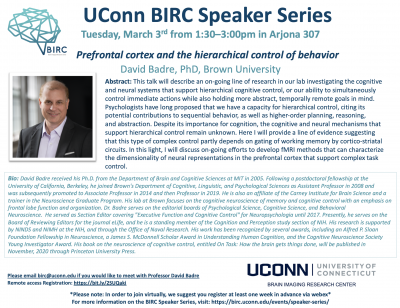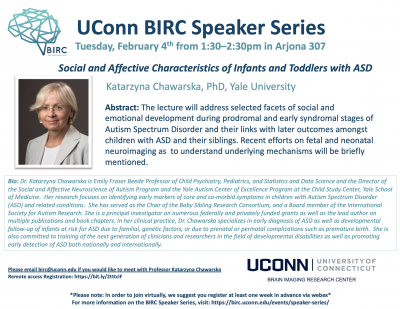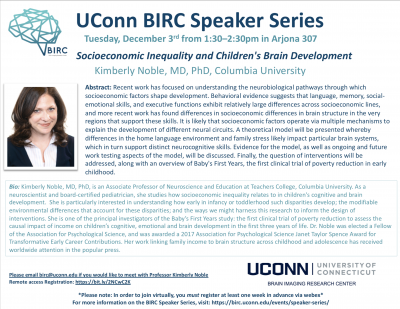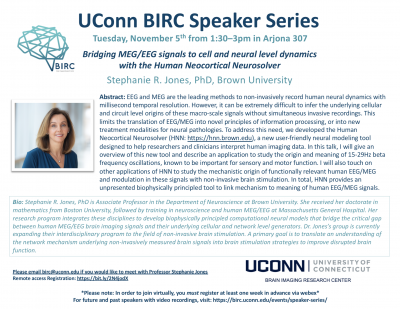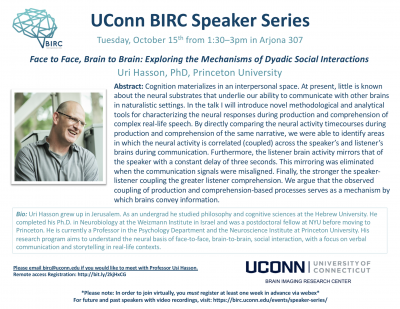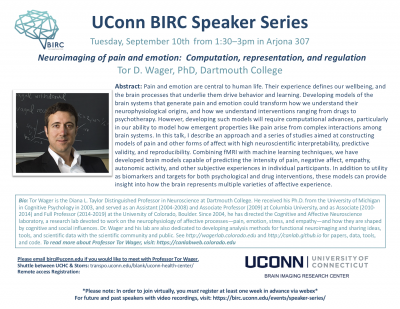University of Western Ontario
Wednesday, April 1st from 1:00-2:15 pm EST via Zoom
**Register here for Zoom using your university/institution email address**
Abstract:
Humans share with animals the ability to process numerical quantities in non-symbolic formats (e.g., collections of objects). Unlike other species, however, over cultural history, humans have developed symbolic representations (such as number words and digits) to represent numerical quantities exactly and abstractly. These symbols and their semantic referents form the foundations for higher-level numerical and mathematical skills. It is commonly assumed that symbols for number acquire their meaning by being mapped onto the pre-existing, phylogenetically ancient system for the approximate representation of non-symbolic number over the course of learning and development. In this talk I will challenge this hypothesis for how numerical symbols acquire their meanings (“the symbol grounding problem”). To do so, I will present a series of behavioral and neuroimaging studies with both children and adults that demonstrate that symbolic and non-symbolic processing of number is dissociated at both the behavioral and brain levels of analysis. I will discuss the implications of these data for theories of the origins of numerical symbol processing and its breakdown in children with mathematical learning disorders, such as Developmental Dyscalculia.
Bio: Daniel Ansari received his PhD from University College London in 2003. Presently, Daniel Ansari is a Professor and Canada Research Chair in Developmental Cognitive Neuroscience in the Department of Psychology and the Brain & Mind Institute at the University of Western Ontario in London, Ontario, where he heads the Numerical Cognition Laboratory (www.numericalcognition.org). Ansari and his team explore the developmental trajectory underlying both the typical and atypical development of numerical and mathematical skills, using both behavioral and neuroimaging methods.
Click here to see the full BIRC Speaker Series schedule and access recordings of past talks.
